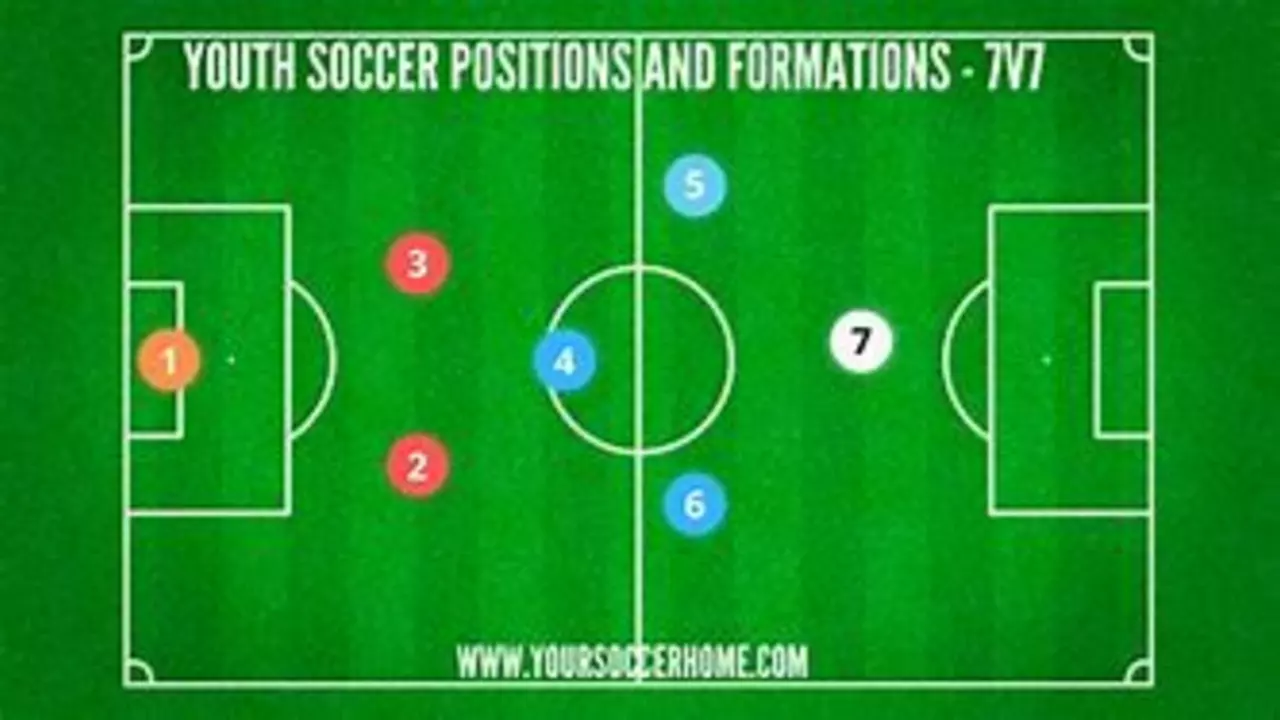Choosing Position: Find Your Best Spot on the Soccer Field
Ever wonder why some players glide across the wing while others dominate the center? The answer usually comes down to the position they play. Picking the right spot can boost your confidence, help the team, and keep you from getting stuck in a role that doesn’t fit. Below are simple steps to figure out where you belong on the pitch.
Understanding the Main Positions
Soccer splits into four basic areas: goalkeeper, defenders, midfielders, and forwards. Each area has a few sub‑roles, but they share common duties.
- Goalkeeper – the last line of defense. Requires quick reflexes, good communication, and the ability to read the game.
- Defenders – include center‑backs and full‑backs. They need strength, tackling skill, and the knack for staying organized.
- Midfielders – the engine room. Central midfielders link defense and attack, while wingers provide width and speed.
- Forwards – strikers and wingers who finish chances. They thrive on shooting accuracy, movement, and composure under pressure.
Knowing what each line does gives you a base to compare against your own abilities.
Matching Your Skills to a Role
Grab a notebook and answer a few quick questions:
- Do you feel comfortable using your hands? If yes, goalkeeper might be your call.
- Are you more physical or quick on your feet? Physical players often suit central defense; speed fits wing positions.
- Do you enjoy creating chances or finishing them? Playmaking minds thrive in midfield, while natural finishers belong up front.
- How good are you at reading the game? Good vision helps both midfielders and defenders.
After you’ve answered, test a few drills. For example, spend 10 minutes doing one‑on‑one defending, then switch to a shooting drill. Notice which drill feels more natural and where you excel.
Talk to your coach. Coaches see how you move in practice and can suggest tweaks you might miss. Ask for a short trial in a different position during a low‑stakes scrimmage. Real‑game experience is the fastest way to confirm a fit.
Don’t forget your body type. Tall players often thrive as center‑backs or target forwards because they win aerial battles. Smaller, agile players usually shine on the wing or as attacking midfielders where quick changes of direction matter.
Finally, keep an open mind. Many great pros switched positions early in their careers—players like Gareth Bale started as full‑backs before moving up front. Your first choice isn’t set in stone.
In short, choose a spot that matches your strengths, enjoy the role, and watch your game improve. Keep testing, stay curious, and the right position will find you.

What soccer position should I play if my height is 5 ft 6?
by Caspian Montgomery / 21 Jul 2023If you're 5 ft 6 and wondering what soccer position is best for you, don't stress about your height too much. Positions like midfield or forward are often filled by players of various heights, including those around 5 ft 6. While being taller might be beneficial for positions like goalkeeper or center back, it's your skill, agility, and understanding of the game that truly matter. So, focus more on developing your skills and finding a position that matches your gameplay style. Remember, height isn't everything in soccer!

